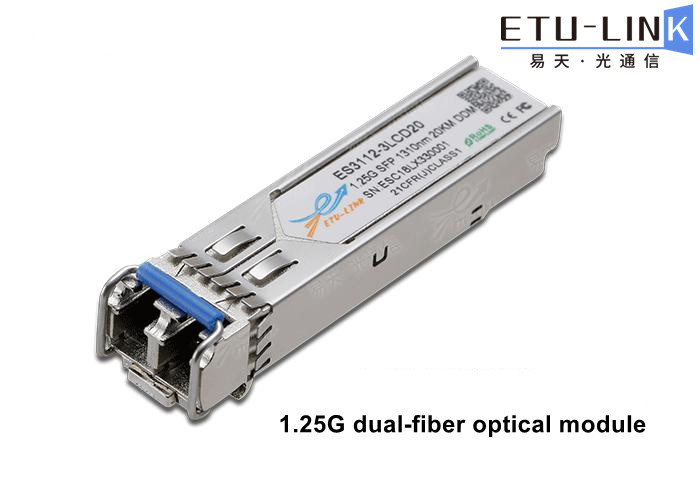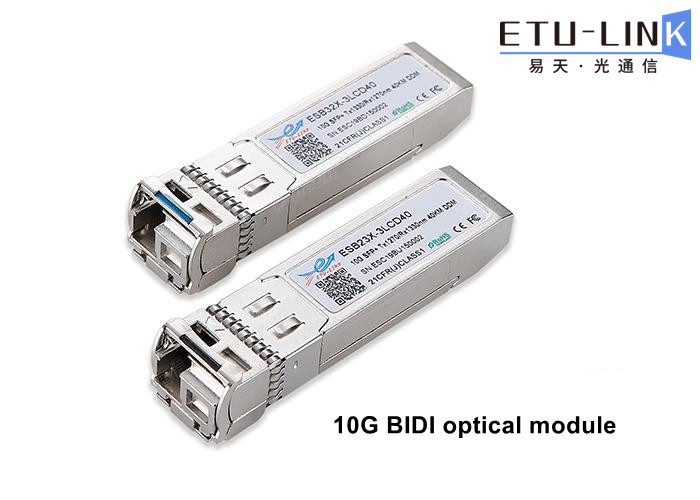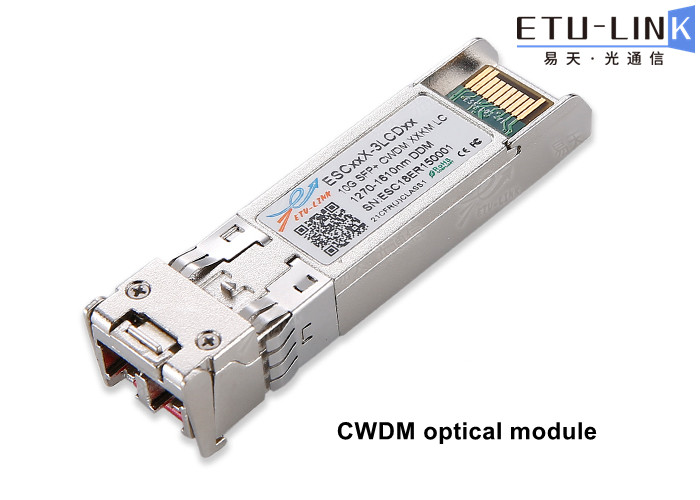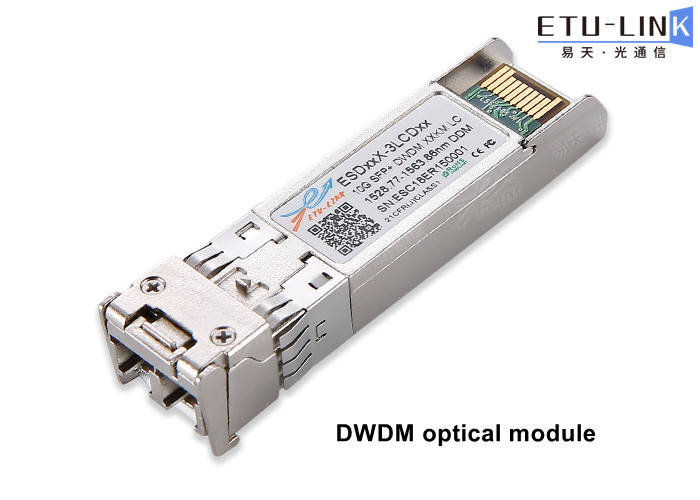
The most comprehensive optical module series classification explanation
Fiber optic communication has completely replaced cable communication due to its advantages of high transmission quality, small size and weight. As an important part of fiber optic communication, optical module mainly plays the role of optical signal conversion, converting electrical signals of network equipment into optical signals, so that data can be transmitted in fiber. The following ETU-Link will give you the optical module classification.
First of all, we can divide optical modules into several categories, which are FC fiber channel optical module (mainly used in storage area network), Ethernet optical module, namely the gray optical module (ordinary optical module) and color optical module (wave separation optical module) that we usually contact, which are mainly used in equipment communication network.
FC fiber channel optical modules can be used in storage devices, servers, fiber channel switches and other equipment, currently support the transmission rate of 8Gbps/16Gbps/32Gbps, etc. Ethernet optical module can be divided into dual fiber optical module, BIDI single fiber optical module, wave separation optical module (including CWDM optical module, DWDM optical module).
The more common transmission rate of double optical module is 1.25G/ 10G/ 40G/ 25G/ 100G / 400G. According to the type of transmission fiber, it can be divided into multi-mode optical module and single-mode optical module. The transmission distance of multi-mode optical module is relatively short, and the central wavelength is mainly 850nm. It needs to be used together with multi-mode optical fiber (OM1/OM2/OM3/OM4), and the interface types of multi-mode optical module are LC and MPO. Single-mode optical module is used for long-distance transmission with central wavelengths of 1310nm, 1490nm and 1550nm. It is mainly used with single-mode optical fiber OS2. The interface types of single-mode optical module are mainly LC and SC.

The common package type of 1.25G dual-fiber optical module is SFP. The maximum transmission distance of 1.25G SFP dual-fiber optical module is 160km. The common package types of 10G dual-fiber optical modules are SFP+ and XFP, in which 10G SFP+ dual-fiber optical module can be transmitted up to 100km, and 10G XFP dual-fiber optical module can be transmitted up to 100km.
The package type of 25G dual-fiber optical module is SFP28, which can transmit up to 40km. The package type of 40G dual-fiber optical module is QSFP+, and it can be transmitted up to 40km. The package type of 100G dual-fiber optical module is QSFP28, and it can transmit up to 40km.
The common transmission rate of BIDI optical module is 1.25 G / 10 GBPS / 25 GBPS / 40 GBPS. 1.25G SFP BIDI optical module can transmit up to 160km; 10G SFP+ BIDI optical module can transmit up to 80km; 10G XFP BIDI single fiber optical module can be transmitted up to 100km; 25G SFP28 BIDI optical module can transmit up to 40km; The 40G QSFP+ BIDI optical module can transmit up to 150m.

The most common wave separation optical module is CWDM optical module and DWDM optical module. The central wavelength range of CWDM optical module is 1270nm-1610nm, and the band interval is 20nm. A total of 18 channels are available, usually 1470-1610nm band, and the commonly used transmission distance is 40KM, 80KM and 120KM. The transmission rates of CWDM optical modules are 155M, 1.25G, 2.5G and 10G, respectively corresponding to SFP, SFP+/XFP package types.

The wavelength of DWDM optical module is located in the C band (C17-C61 channel), with a range of 1563.86-1528.77nm and a band interval of 0.8nm. There are 45 channels available, and the commonly used transmission distances are 40KM and 80KM. There are two packaging types of 10G DWDM optical modules: SFP+ and XFP.

The above is the classification of the optical module which given by ETU-LINK, according to the different application scenarios, the optical module will be divided into various models, we need to understand the relevant parameters and application scenarios of each model. We have already introduced in the past passages, welcome to search online.
Categories
New Blog
Tags
© Copyright: 2025 ETU-Link Technology CO ., LTD All Rights Reserved.

IPv6 network supported
Friendly Links:
易天官网